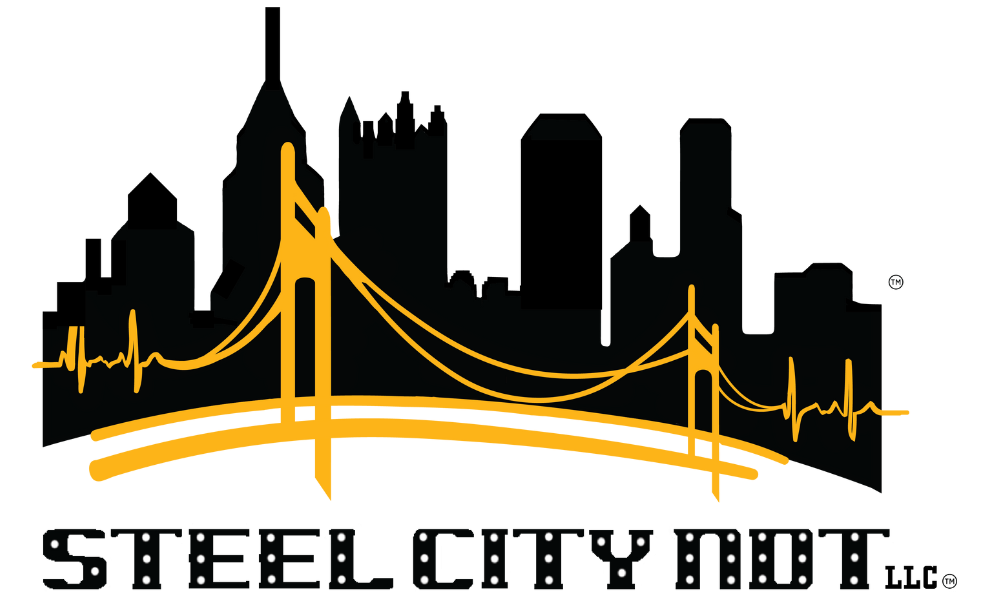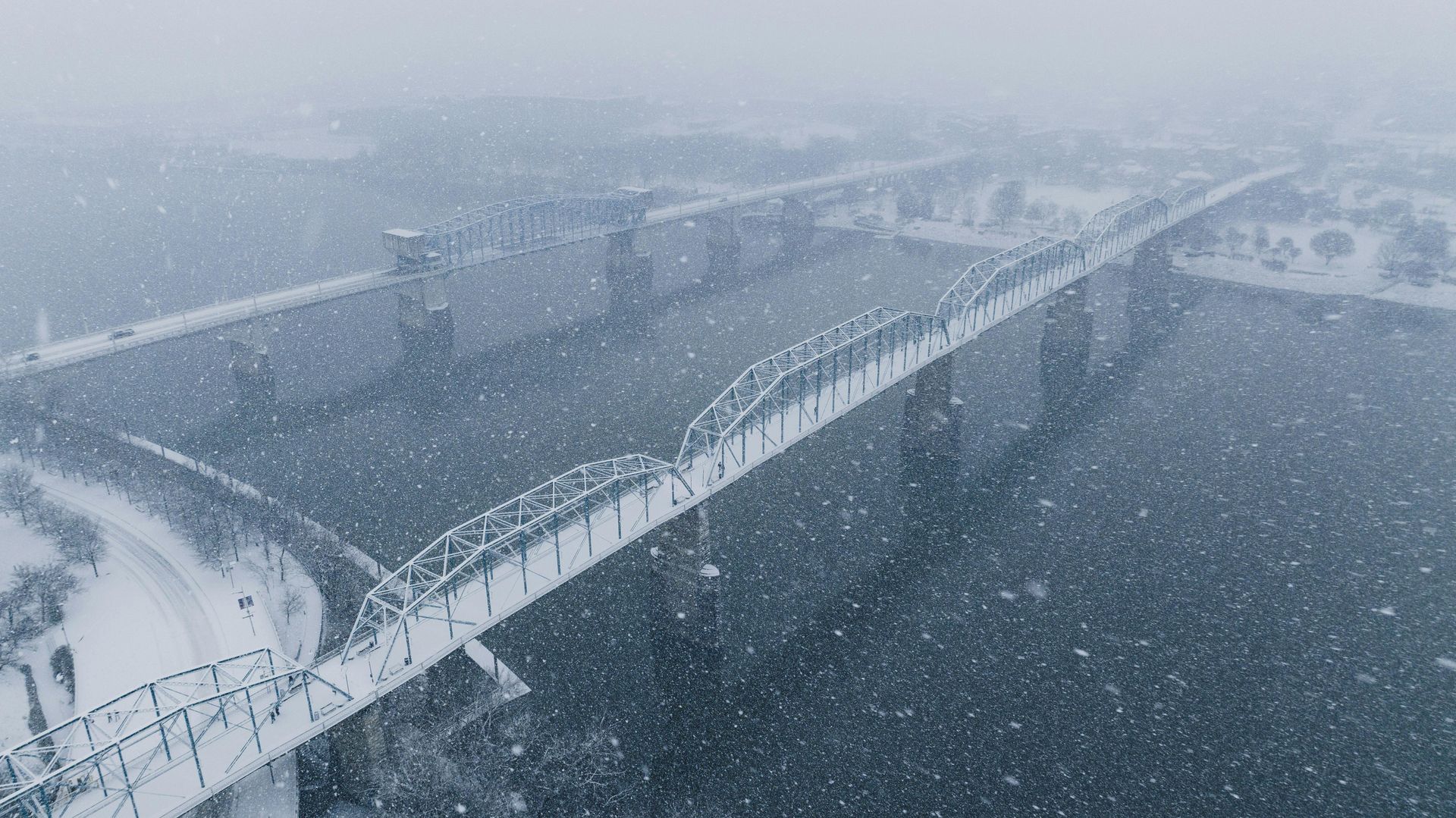Rust Never Sleeps: Understanding Corrosion and Its Impact on Materials
October 25, 2023
The Silent Culprit That Erodes Material Integrity
When it comes to material integrity, one of the most insidious adversaries is corrosion. Often lurking beneath the surface, corrosion can silently compromise the structural strength and safety of materials used in a wide range of industries. In this blog post, we explore the relentless nature of corrosion and its far-reaching impact on materials.
Unveiling the Corrosion Process
Corrosion is a natural process that occurs when metals are exposed to environmental factors, such as moisture, oxygen, and contaminants. Over time, these elements initiate chemical reactions that weaken and deteriorate the metal's surface. As corrosion advances, it can penetrate deeper into the material, leading to structural flaws and a reduction in load-bearing capacity.
Forms of Corrosion
Corrosion comes in various forms, each with its unique characteristics and effects. These include:
- Uniform Corrosion: This is a general and even attack on the entire surface of a metal. It often results in the thinning of the material, which can lead to catastrophic failure if not addressed.
- Pitting Corrosion: Pitting occurs when localized areas on the metal's surface deteriorate, creating small holes or pits. While these pits may appear minor, they can significantly compromise the material's integrity.
- Galvanic Corrosion: This type of corrosion occurs when two different metals come into contact in the presence of an electrolyte. The more noble metal remains relatively unaffected, while the less noble metal corrodes rapidly.
- Crevice Corrosion: Crevice corrosion takes place in narrow gaps or crevices where stagnant solutions are trapped. It can lead to localized corrosion damage.
- Stress Corrosion Cracking: Stress corrosion cracking happens when a combination of tensile stress and a corrosive environment causes cracking in the material. This can lead to sudden and catastrophic failure.
The Impact on Materials
The effects of corrosion on materials can be devastating. Beyond the visible signs of deterioration, corrosion can lead to structural weaknesses, reduced load-bearing capacity, and an increased risk of catastrophic failure. In industries like construction, aviation, and manufacturing, the consequences of corrosion can be life-threatening.
Preventing and Managing Corrosion
Preventing and managing corrosion is paramount to ensuring material integrity. Effective strategies include:
- Protective Coatings: Applying protective coatings can shield materials from the environmental factors that trigger corrosion.
- Cathodic Protection: This technique uses a sacrificial anode to attract corrosion, preserving the material it shields.
- Regular Inspection: Routine inspection and non-destructive testing (NDT) are essential to identify corrosion at its early stages, allowing for timely interventions.
The Steel City NDT Advantage
At Steel City NDT, we understand the gravity of corrosion and its potential to compromise the safety and reliability of materials. Our NDT services play a crucial role in identifying corrosion issues early, enabling clients to take corrective actions and preserve material integrity.
You might also like





